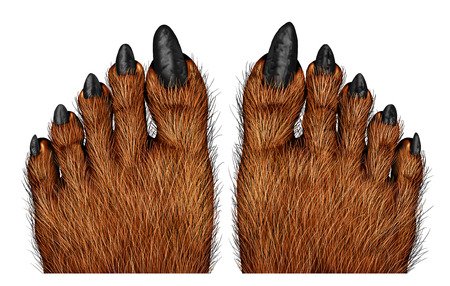Treating “Ghoulish” Foot Problems
Although Halloween is a time for scary costumes and frightening decorations, at NY Foot Health, we know one place you don’t want to see anything freaky on your feet. Some foot problems have symptoms that may change how your feet look and give you a fright when you first detect them. Below are some types of unsightly foot issues your podiatrist can help with.
Deformities—Toes that move out of place, change position, or start to bend in unusual ways are all signs of toe deformities. Some of the more common types include bunions, hammertoes, and claw toes. Toe deformities can be caused by biomechanical defects, inherited tendencies, and nerve or muscle problems. Your choice of footwear can also increase the risk and severity of certain deformities. Shoes that fit properly and allow toes plenty of space without crowding or pressure are one good way to help prevent deformities from progressing.
Lumps and Bumps—No one expects to find a lump or bump in their foot. There are many benign disorders, such as plantar fibroma (usually a lump in the arch of your foot) or ganglion cysts (a jelly-filled sac that causes a mass near a tendon or joint). A bump at the back of your heel may be a benign bony enlargement known as Haglund’s deformity. However, it’s essential to promptly get all growths and lumps checked out by the podiatrist to determine their source and what treatment is needed. If you need to find a podiatrist, consult our online directory.
Skin and Nail Abnormalities—Discoloration of toenails or skin on your feet, rashes, crumbling or peeling nails, and other unusual symptoms can point to several conditions such as athlete’s foot, toenail fungus, or warts. In some cases, systemic problems in your body such as diabetes, arthritis, and peripheral arterial disease may manifest first with changes in the skin on your lower extremities or your toenails.
All concerning symptoms should be brought to the attention of your podiatrist, whether they are painful or not. Don’t put off getting an evaluation if you notice a troubling change in your feet. To learn more about conditions that change the appearance of your feet, contact us and subscribe to our free e-newsletter.

